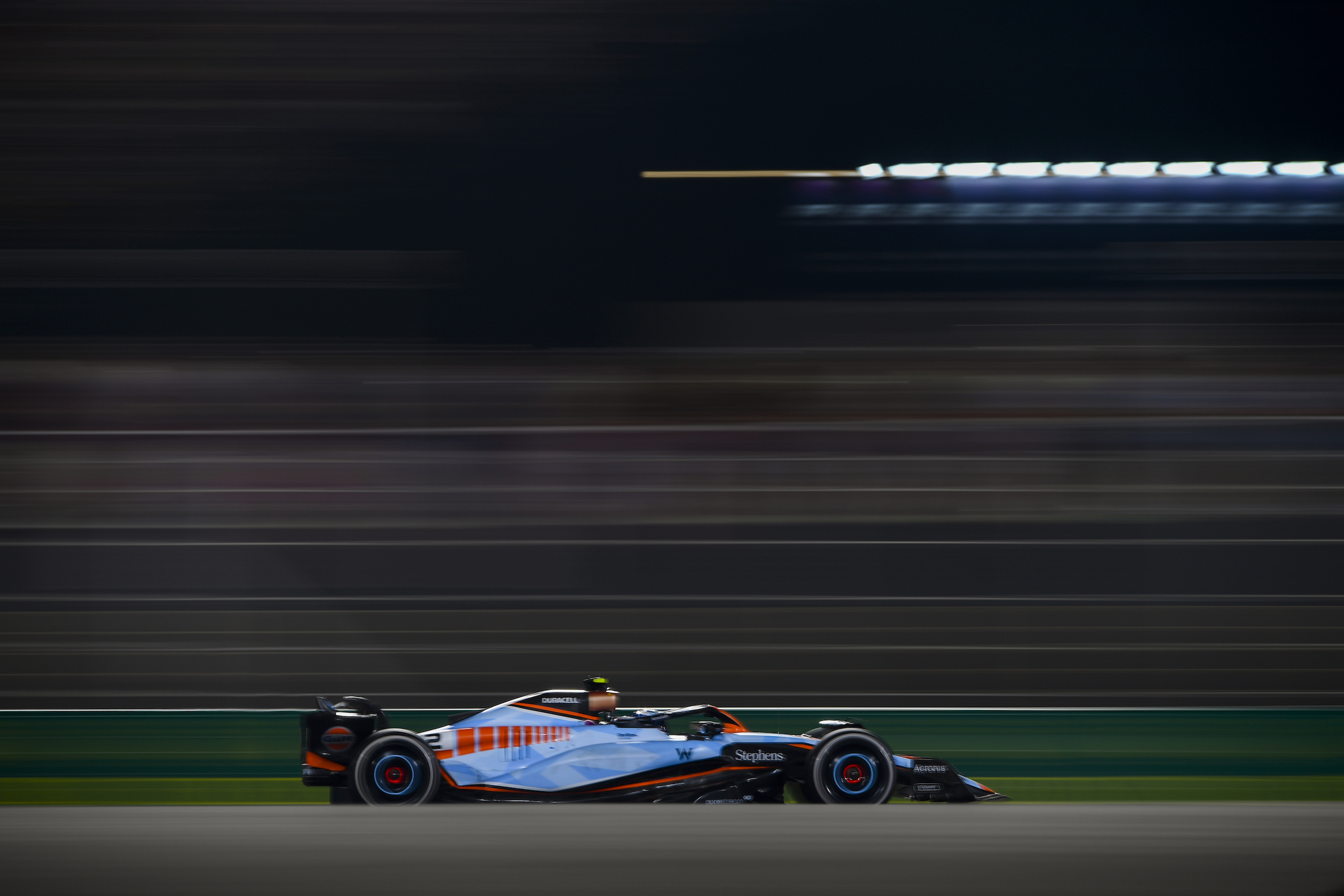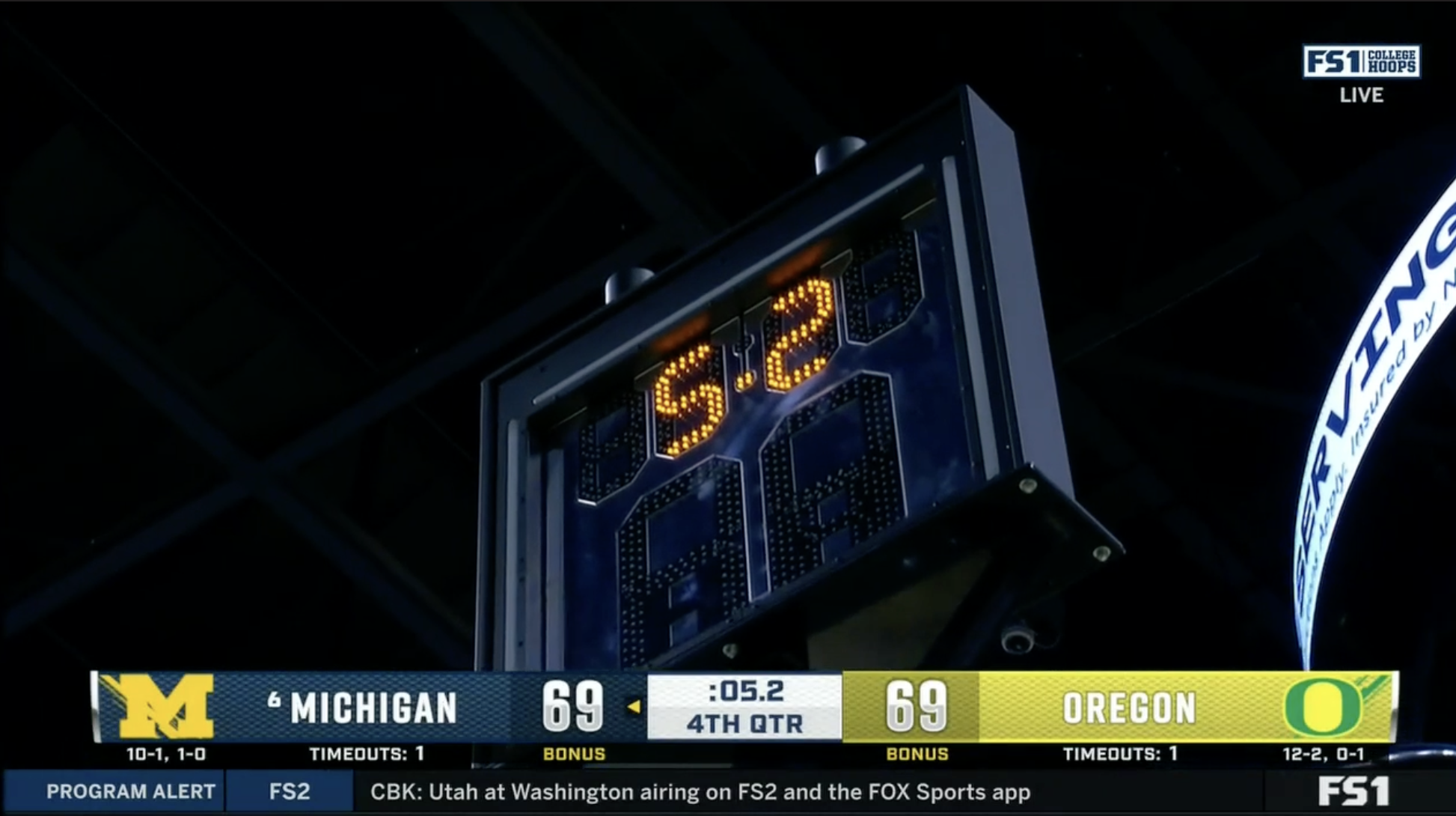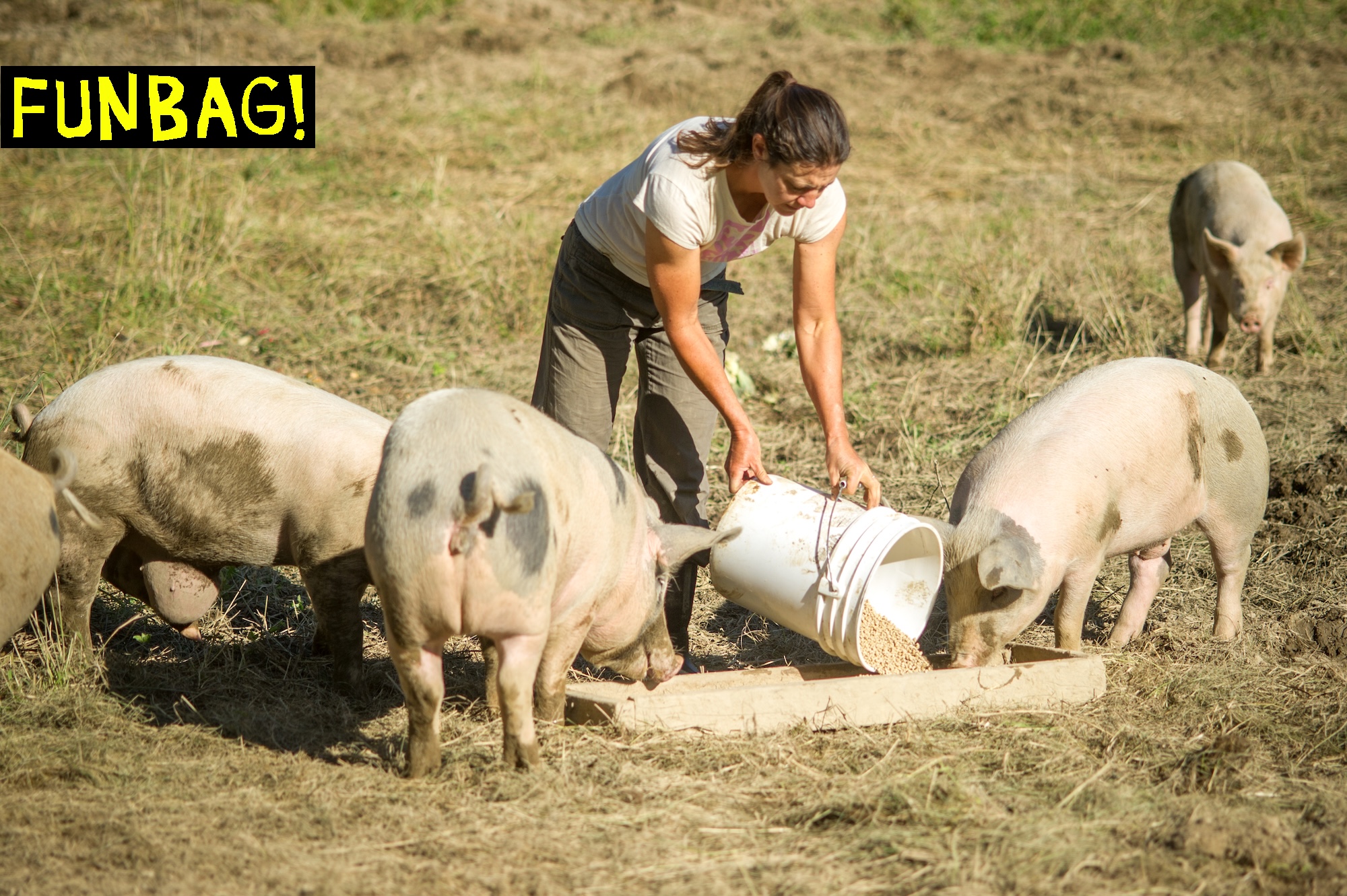The 2023 Qatar Grand Prix, which wrapped Sunday with an end-to-end Max Verstappen victory, sucked a lot. I cannot guess how the people who watched it in person felt about it, but as a weekend-spanning televised entertainment product, it was miserable and terrible. No part of it was not infuriating. As a cool-headed rationalist, I am of course angrily fixated on apportioning blame; as a dirty communist piece of shit, I am thrilled to lay this blame at the feet of Formula One's greedy corporate overlords, whose commercial ambitions pushed forward a race weekend that under any sane set of priorities would never have been allowed to commence.
The Lusail International Circuit that hosts this annual race, now in its third year, was heavily renovated ahead of the 2023 event to include new pits and paddocks and a fully resurfaced 5.4-kilometer track. The goal, according to the CEO of the Qatar Motor and Motorcycle Federation, was to preserve the character of the track while ensuring "an exceptional [experience] for the race drivers and for spectators." But the troubles were spotted before the weekend's first and only practice. AlphaTauri driver Yuki Tsunoda had only walked along the track before he and his team began to fear that the the circuit's new "pyramid" curbs, developed specifically to address concerns from prior races that Lusail's pointy curbs were causing tire punctures, would be a "floor destroyer" for this generation of lowered cars.
“Here is always a story with track limits, but they made even worse the curbs because when you go over the white line, you are going to have a proper penalty, which seems like it's going to be a high risk to damage the car," said Tsunoda. “Driving on the curb won’t be an issue, but once you step out from the curbs it's going to be like a complete sliding effect. It is not smooth at all, and especially driving here, with such high-speed corners where the car is really low, it will be hard. Even one time will be pretty costly I think.”
This concern turns out to have been misplaced. The aggressive curbs, rather than destroy the floors of cars that slid wide, instead had the effect of causing a microscopic separation in the sidewall of Pirelli's supply of tires, between the topping compound and the carcass cords. Instead of a costly aerodynamic risk of floor damage, the combination of high-speed corners, aggressive curbs, and pesky desert winds put drivers at risk of a dangerous blowout. Pirelli has seen sidewall failures before: In 2021, Verstappen and Lance Stroll suffered high-speed blowouts in Baku, which Pirelli chalked up, sort of ambiguously, to "the running conditions of the tire," and which were addressed with an updated set of protocols for "monitoring operating conditions." The issue in Azerbaijan may not be directly related to the issue in Qatar, but the dangers of a high-speed sidewall failure (video here) are serious business.
But because the Qatar Grand Prix weekend takes place without any lower-level, lower-speed events, this danger was not discovered until after Friday's F1 practice session and qualifying competition had already taken place. The best anyone could come up with for a solution, mid-weekend, was to send personnel out to hastily change the actual dimensions of the track, revising turns 12 and 13 and replacing physical curbs with red-and-white painted lines. The FIA, perhaps sensing the absolute lunacy of sending humans out onto an unfamiliar course to jostle for track position at lift-off speeds, added a wholly insufficient 10-minute "familiarization session" ahead of Saturday's live-bullets sprint shootout qualifying session, so that drivers who'd had one total practice session on a resurfaced, reconfigured track featuring dangerous curbs could, you know, do maybe four practice laps on its even newer dimensions before taking their lives into their hands.
To no one's surprise, the sprint qualifying session was a halting mess, marred by near-constant track-limit penalties. The subsequent sprint race was limited to only 12 racing laps due to several safety cars, caused by early spin-outs on Lusail's desert-dust-strewn surface. This was not enough race time for organizers to learn anything about whether their track revisions had mitigated the dangers of explosive tire wall separation. Oscar Piastri kept his head on medium tires and won the sprint for his first ever Formula One victory. This was cool but should've been much cooler: The whole thing felt pretend as hell, like a skittish practice session that came with a handful of deeply unserious points at the end. Least cool of all was Verstappen clinching his third consecutive championship with a second-place sprint finish, against this background of illegitimate, hacked-together silliness.
And the Sunday race sucked! Because no one could say for sure whether the track was safe at all, the FIA required that all tires, regardless of compound hardness, could only be used for 18 laps, effectively mandating a three-stop race, with disqualification as punishment. There could be no real strategic deviations, no question of anyone going long on a set of mediums or taking a tortoise-esque approach to tire management. The race was simply a requirement for finishing the weekend. Verstappen won, the McLaren lads filled out the podium, and it was all bogus as hell.
This was all a distressing shit-show even before the race was marred by the entirely foreseeable consequences of having flesh-and-blood creatures drive combustion-propelled hunks of metal at breakneck speed through a boiling hot desert for 192 miles. By the second half of the race, drivers were lifting their visors on the pit straightaway in order to cool their faces and take frantic gulps of not-very-fresh air. Logan Sargeant was forced to retire due to heatstroke. George Russell was spotted driving with his wrists so that he could use his hands to sort of fling air toward his face. Stroll told reporters after the race that he spent the last 20 to 30 laps unable to see clearly and "just passing out in the high-speed corners"; video from the broadcast shows Stroll unable to keep his head steady on the main straight. Lando Norris painted a grim picture of the scene in the post-race media center, where he said several of his fellow drivers fainted from dehydration. Esteban Ocon described vomiting in the cockpit 15 laps into the race. These are not even in the ballpark of acceptable challenges for an organized competition.
You would expect Formula One to dump this mess altogether, except that Qatar's repressive authoritarian leadership is so bloated with oil wealth and so happy to purchase friendships, at any cost. The FIA and Formula One will pick out some new curbs and redraw some white lines, and hope that next year the desert winds are in a more cooperative mood. Drivers come and go, but this is just year two of a 10-year contract between Formula One and Lusail International Circuit. In eight years' time, the grid will look very different, but Formula One will still be racing in Qatar.







